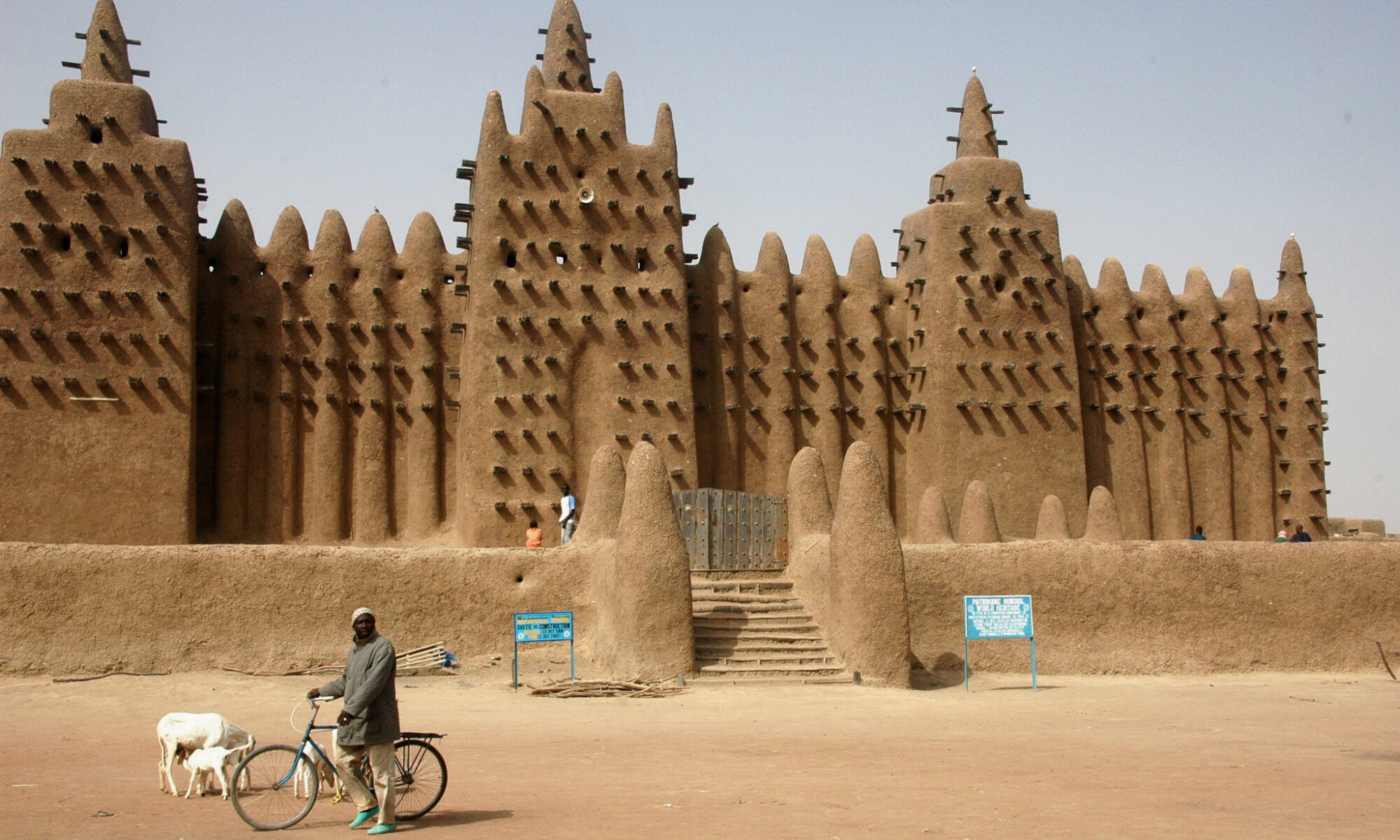The observatory in the desert was a project brought on by the Contemporary Architects Association that sought to revive tradition of clay and mud construction in the Esfahan Village in Iran with a beautiful communal piece. This work is described thoroughly in the following post. What is there not to love about this project? In this work of art, meticulously arranged mud bricks and rammed earth walls make a seamless experience.
Our group, Eryn King, Lucy Knopf and Camilla Faustinelli were blown away by this project when it was presented by one of the students in the class Earthen Material Practices in Contemporary Art and Architecture . We just had to recreate it.
The final pushed groups to build a model at 1/2” = 1’ scale, focusing on a specific building technique with earth we had studied.
Our group decided to focus on the mud brick.
For such an endeavor, we decided to change the design a bit. Because we weren’t going to focus on rammed earth walls, we made all of the construction using mud bricks even if the interior circle is supposed to be a rammed earth wall in the actual project.
Construction process:
- Collecting the mud : Mud for the bricks was collected in the San Pablo coastline area, as well as a backyard in Elmwood, Berkeley.
- Making the bricks: Mud was pressed into silicone molds, then left to dry in the sun for several days.
- Building: With a concrete base, we stacked the bricks in a 45 degree angle on the outside, and not angled on the inside to act as the rammed earth wall on the actual project. This is where texture and consistency of our collected dry mud came to play, making some pieces more fragile than others.
Building this observatory was a meticulous project, but it’s incredible how making something makes you understand why it’s so special. What a beautiful project. Our group hopes to one day see the project in person.





